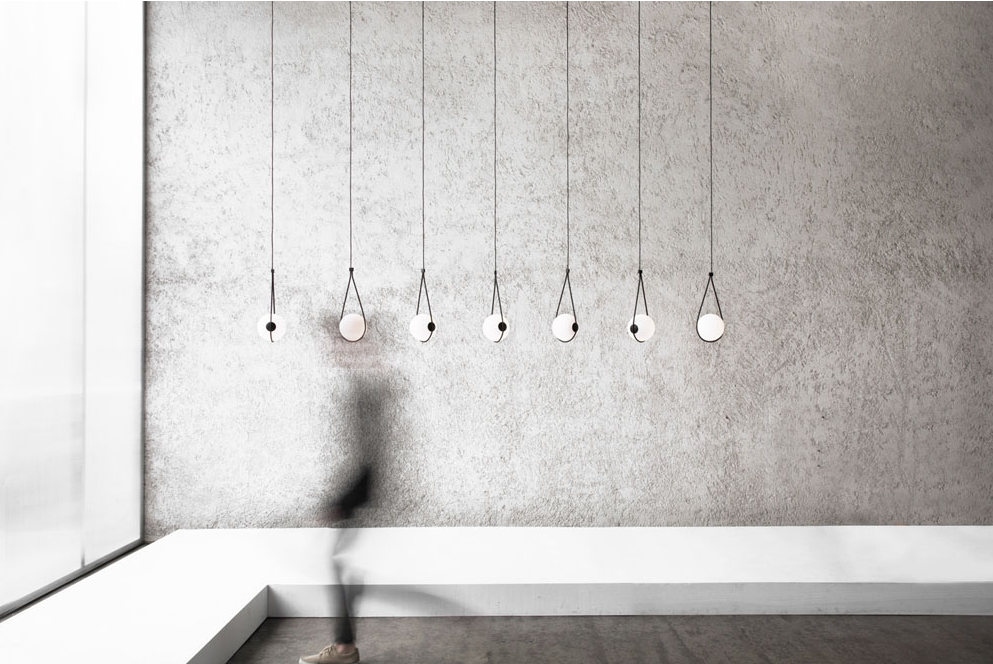Guilherme Wentz can be described as one of the contemporary rising designers in Brazil. After leaving business school, he graduated as a Product Designer from the Universidade de Caxias du Sul in Brazil, worked for the luxurious company Riva and opened his own studio. Wentz’s work can be best defined as simple, yet unconventional, searching for the true essence of things.
Mariana Loaiza (ML): In an oversaturated world, where we receive stimuli everywhere we go, seeing your work it’s like taking a pause to catch a breath. When I first saw one of your pieces I thought: “This is what subtraction looks like” Where did this desire for simplicity come from? And is it really a desire, or more of a necessity?
Guilherme Wentz (GW): I am very honored to hear this from you. I started studying product design when I decided to quit business school and all the corporate plans I had made for myself during my youth. Back at the time I was starting to surf and to connect with nature in a way I had never experienced before. The lightness, the silence and the connection with nature are things I decided to take for my life and what I hope to express through my work. I would say it is a necessity for me in the present world and I believe there are people out there who wish the same.
ML: You have continuously voiced your desire to live in a simpler world, and by researching your work I clearly understand how you’ve successfully translated this into beautiful objects. But how does the concept of simplicity apply to other areas beyond objects? Lets say, industry, design education, design practice, etc?
GW: I once read: “simplicity is complexity resolved”. It may be a cliché, but it is how we face things. Simplicity doesn’t mean lack of effort to progress, but searching for the right answers and the essence of things. Once we are inside the design world, just like in any field of work, we tend to make it more complicated than it was supposed to be. Choosing better partners, superior materials, simpler (yet not conventional) production processes, ethic distribution channels and honest communication are small things that can build a simpler world, or at least a simpler design world.
ML: As a young designer trained in Brazil and having worked internationally, do you think design education, both inside and outside Brazil, is training young students to respond accurately to the needs of the outside world? Is design education still relevant?
GW: It is relevant indeed. But the education in Brazil, just as its market, tends to import old models, which once worked in another country. Unfortunately, I may say, my country teaches what to think, and not how to think. And this is what makes me feel behind the rest of the world when I face projects from other countries, which have a deeper meaning. I believe other nations are thinking deeper about science, culture and design than we are right now. On the other hand, I feel the local market is growing up fast and with globalization we may (or just need to) have some progress in design education.
ML: You worked with big companies and national industry, while also having your own studio. What would you say is the roll of a designer when working with big companies? From your perspective, what is the place of design inside Brazilian, or international industry?
GW: I started as a designer inside a company and I am still working with different companies since then. When designing for other brands you have to leave your ego behind and focus in the company ‘s strategy. I try to immerse myself in the brand and design with its mind. Also, it is a great opportunity to learn business, clients and new processes. The way I approached the other companies’ projects lead me to founding my own brand, to have a platform where I could test more freely my design perspectives.
ML: As a designer living in Mexico sometimes it’s hard to clearly define what Mexican design is, or should be. Do you think Brazil has a defined voice style-wise? And how do you differentiate yourself from it? Is it even important?
GW: I see every designer talking about local identity all the time. It may be important when you think about global market, but it is very hard to really innovate from this perspective. When you think that way it is easy to fall into clichés and repeat what designers did in the last century. My strategy is to just forget about it. Think about contemporary people needs and desires. And in the end, it may look Brazilian because I am here, but if it doesn’t, that is ok too.





